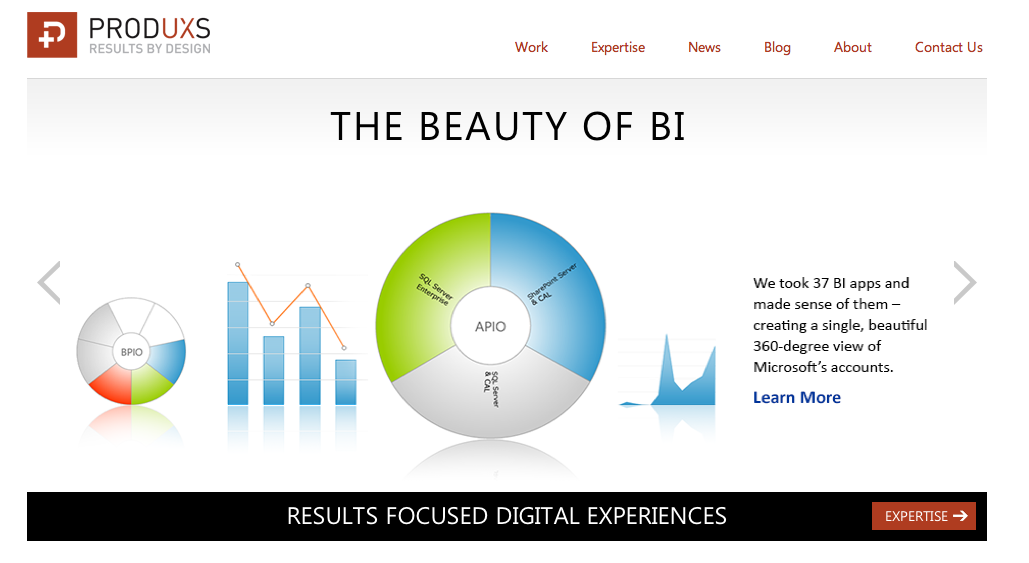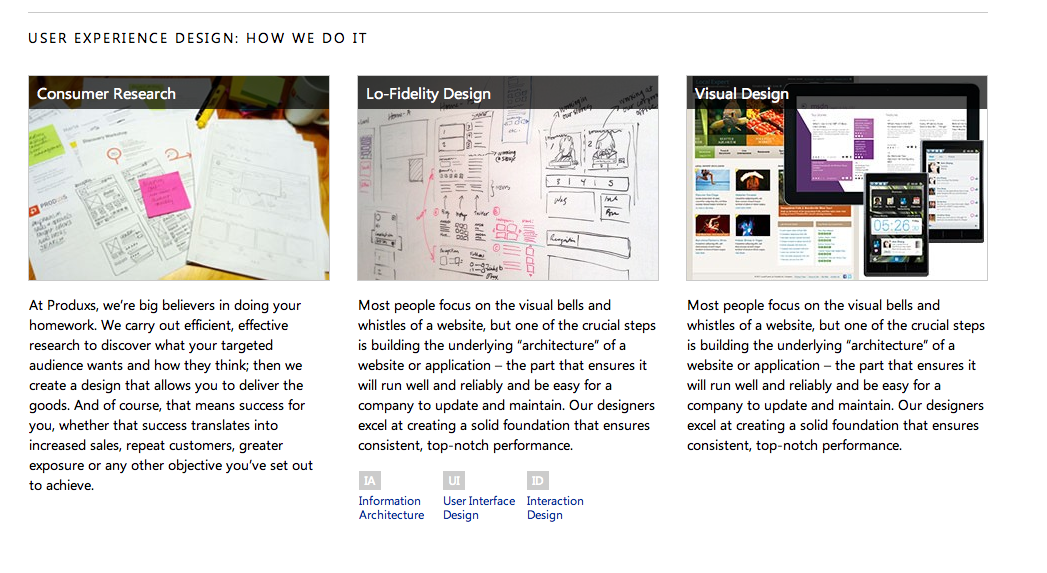 Is your content so generic and jargon-filled that it becomes the written equivalent of that famous wah-wah-wah voice for your readers?
(Need a reminder? This clip starring Peppermint Patty sums it up.)
Is your content so generic and jargon-filled that it becomes the written equivalent of that famous wah-wah-wah voice for your readers?
(Need a reminder? This clip starring Peppermint Patty sums it up.)
In my work helping companies with the content for their websites, blogs and marketing materials, I see Charlie Brown's Teacher Syndrome often. This series aims to give you food for thought about creating a voice that people want to hear — colorful and, most importantly, distinctive.
First up — bios, one of the most boring elements I see in marketing content.
Somewhere along the way, bios became a few paragraphs listing our current duties, progressing job titles, companies we’ve worked for and what degrees/training we have (resumes in paragraph form). Info on job history and past experience is important, of course, and should be included within reason, but there's much more you can say to set yourself apart.
Gray matter
I went to speak to a college class a few years ago and shared two sample bios to illustrate the difference between dry, run-of-the-mill business writing and good storytelling.
The first example is one I created based on a couple of bios I read on the websites of prominent companies; all of the names and identifying details have been changed. (
Stephanie Baker
Vice President of Marketing, Stellar Software
Stephanie Baker, Senior Vice President and Chief Marketing Officer for Stellar Software, is responsible for providing strategic direction for Stellar’s products, solutions and services and presenting the Stellar brand worldwide. Additionally, she oversees a number of operational units including Marketing and Product Management, Alliance Sales, Channel Marketing, Employee Wellness Services, Education, Human Resources, Professional Services, and Publications.
She is also a member of the Stellar Operating Team, which drives the company’s global business performance, and the Stellar Technology Team, which drives the company’s technology and solution roadmap.
Driving the company to be customer-focused, Baker helped lead the transformation of Stellar from a tools provider to the software solutions provider it is today. She has done so by building particular industry expertise into Stellar's product management and marketing teams, which research the market and partner with R&D to leverage customized solutions for many industries. She has overseen a dramatic increase in Stellar’s profile.
I come away from this knowing a lot about Stephanie's current job responsibilities and a little about her accomplishments in the job (see below), but nothing sticks with me.
Beyond the Charlie Brown's teacher effect, there are a few other drawbacks:
• Unnecessary/excessive capitalization.
• Sentences that are too long and hard to follow.
• Jargon, jargon and more jargon (so much leveraging and driving).
• Vagueness (“A dramatic increase in Stellar’s profile” — what does that mean?)
Kodachrome
The second bio I shared with the class was based on a past assignment. I interviewed a client and helped him write a profile he was asked to send in after being nominated for a business leadership award. Again, the names/specifics have been changed for privacy, but the bio that came out of our conversation went a lot like this:
Michael Smith
Founder / Vice President, SuperSmartDesign
When he was growing up, Michael Smith was fascinated with taking complicated tasks and figuring out how to make them easier. These days, that problem-solving fascination is fueling a successful design career.
Michael began making his mark in San Francisco after driving across country in a restored VW bus with his pet gecko, Truman, very little money and no place to live.
Fortunately, SuperSmartDesign, a promising start-up, was looking for people like Michael, and after joining the company, he quickly became design lead for several of its best-selling products.
In 2000, while he was working on a graduate degree, Michael co-founded Cool Widgets, a design firm. What began as a three-person operation is now one of the most highly respected firms in the Bay Area.
Michael’s ability to design and deliver engaging interactive experiences has brought him plum assignments for American Express, Electronic Arts, Boeing and Microsoft. Cool Widgets has just been honored as one of Startup Mania magazine’s 100 Best Companies, and Michael was named a Top Young Entrepreneur of 2012.
Talk to Michael about his education background, and he’ll tell you he was lousy at taking tests and had mediocre GPA’s but managed to pry open many doors with hustle and persistence – including the one to the prestigious, highly competitive Columbia School of Journalism.
Throw Michael’s innate talents and curiosity into the mix, and you have a skilled, passionate designer, entrepreneur, community leader and colleague.
I’m obviously biased, but I feel comfortable guaranteeing that you will remember more about Michael than you do about Stephanie. And most importantly, I believe you'll come away from Michael’s bio with plenty of concrete information about his credentials, but also a strong sense of the kind of person you will be doing business with if you were to hire Michael’s firm.
You always have to consider your audience, and there may be situations where it might not be wise to have a bio as casual as this one. But even if you have to be a bit more buttoned-up than Michael in telling people about yourself, you can still tell a great story that will resonate far more than a list of job titles and degrees.
(originally posted on LinkedIn; image courtesy of wallpaperest.com)






